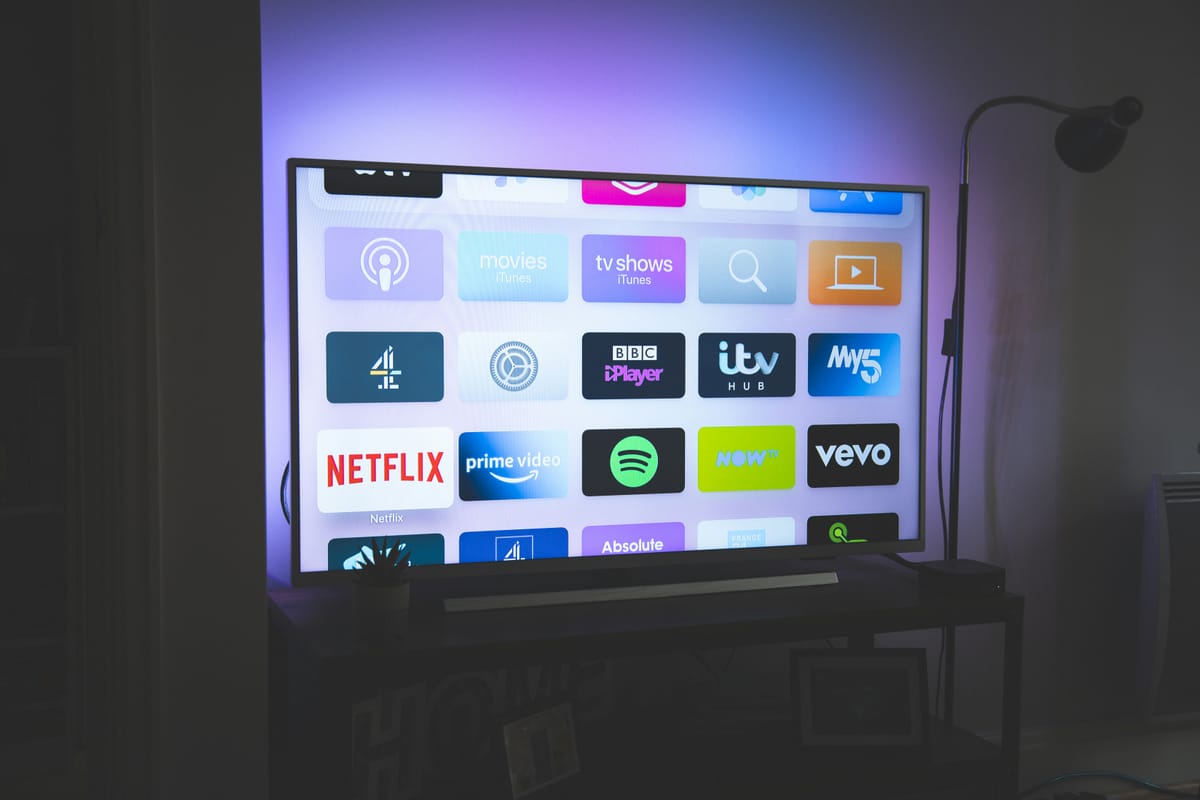KDE's Plasma Bigscreen Rises From the Dead: A Genuine Alternative to Android TV
The open-source desktop environment KDE has breathed new life into its ambitious Android TV alternative, Plasma Bigscreen, after nearly two years of dormancy. This revival signals a potentially significant shift in the smart TV landscape, offering users a Linux-based alternative that prioritizes privacy, customization, and freedom from corporate ecosystems.
What is Plasma Bigscreen?
Plasma Bigscreen represents KDE's vision for the future of television interfaces—a free, open-source alternative to proprietary smart TV platforms like Android TV, webOS, and Tizen. Built on the same foundation as KDE's popular desktop environment, Plasma Bigscreen adapts the familiar KDE experience for large screens and remote control navigation.
The project first emerged in 2019 as part of KDE's broader push into diverse form factors, but development stalled in 2022, leaving many to assume it had been abandoned. However, recent commits to the project's GitLab repository and renewed developer activity suggest Plasma Bigscreen is making a comeback at a crucial time for the smart TV market.
Why This Matters Now
The timing of Plasma Bigscreen's revival couldn't be more relevant. Smart TV platforms have increasingly become data collection engines, with manufacturers harvesting viewing habits, app usage, and even ambient conversations. Android TV, despite its popularity, ties users firmly into Google's ecosystem, while other platforms like Roku and Amazon Fire TV similarly lock users into specific corporate environments.
According to recent market research, over 70% of smart TV owners express concerns about privacy and data collection, yet viable alternatives remain scarce. Plasma Bigscreen aims to fill this gap by offering a platform that respects user privacy while maintaining the convenience and features users expect from modern smart TVs.
Technical Capabilities and Features
Plasma Bigscreen runs on standard Linux distributions, making it potentially compatible with a wide range of hardware—from Raspberry Pi devices to dedicated mini-PCs. The interface is optimized for 10-foot viewing distances and remote control navigation, featuring large, readable text and intuitive menu structures.
Key features include:
- Native support for popular streaming services through web-based applications
- Customizable widgets and layouts allowing users to personalize their TV experience
- Integration with KDE Connect for seamless smartphone and tablet interaction
- Voice control capabilities through open-source speech recognition
- Gaming support with compatibility for various game controllers and Steam integration
The revived project also promises better hardware acceleration support, addressing one of the major limitations that plagued earlier versions.
Challenges and Competition
Despite its promise, Plasma Bigscreen faces significant hurdles. The smart TV market is dominated by established players with deep pockets and existing partnerships with content providers. Netflix, Disney+, and other major streaming services have optimized their platforms for Android TV and other mainstream systems, potentially leaving Plasma Bigscreen users with suboptimal experiences.
Additionally, the technical knowledge required to install and maintain a Linux-based TV system may deter average consumers who prefer plug-and-play solutions. The project's success will likely depend on hardware manufacturers embracing the platform or the development of user-friendly installation methods.
The Broader Implications
Plasma Bigscreen's revival reflects a growing appetite for alternatives to corporate-controlled platforms. Projects like LineageOS for smartphones and various router firmware alternatives demonstrate that users increasingly value control over their devices and data.
For the smart TV market specifically, a successful open-source alternative could pressure existing platforms to improve their privacy practices and reduce restrictive policies. It also opens possibilities for smaller hardware manufacturers to differentiate themselves by offering privacy-focused alternatives to mainstream smart TV platforms.
Looking Forward
While Plasma Bigscreen remains a niche project, its revival comes at a time when privacy concerns and platform lock-in are driving users toward open-source alternatives. The project's success will ultimately depend on striking the right balance between technical capability and user accessibility.
For tech enthusiasts and privacy-conscious consumers, Plasma Bigscreen represents hope for a more open, customizable smart TV experience. Whether it can gain enough momentum to challenge established platforms remains to be seen, but its resurrection alone demonstrates the persistent demand for alternatives in an increasingly consolidated digital landscape.
The next few months will be crucial as developers work to address the technical challenges that led to the project's initial stagnation, potentially reshaping how we think about smart TV platforms.
